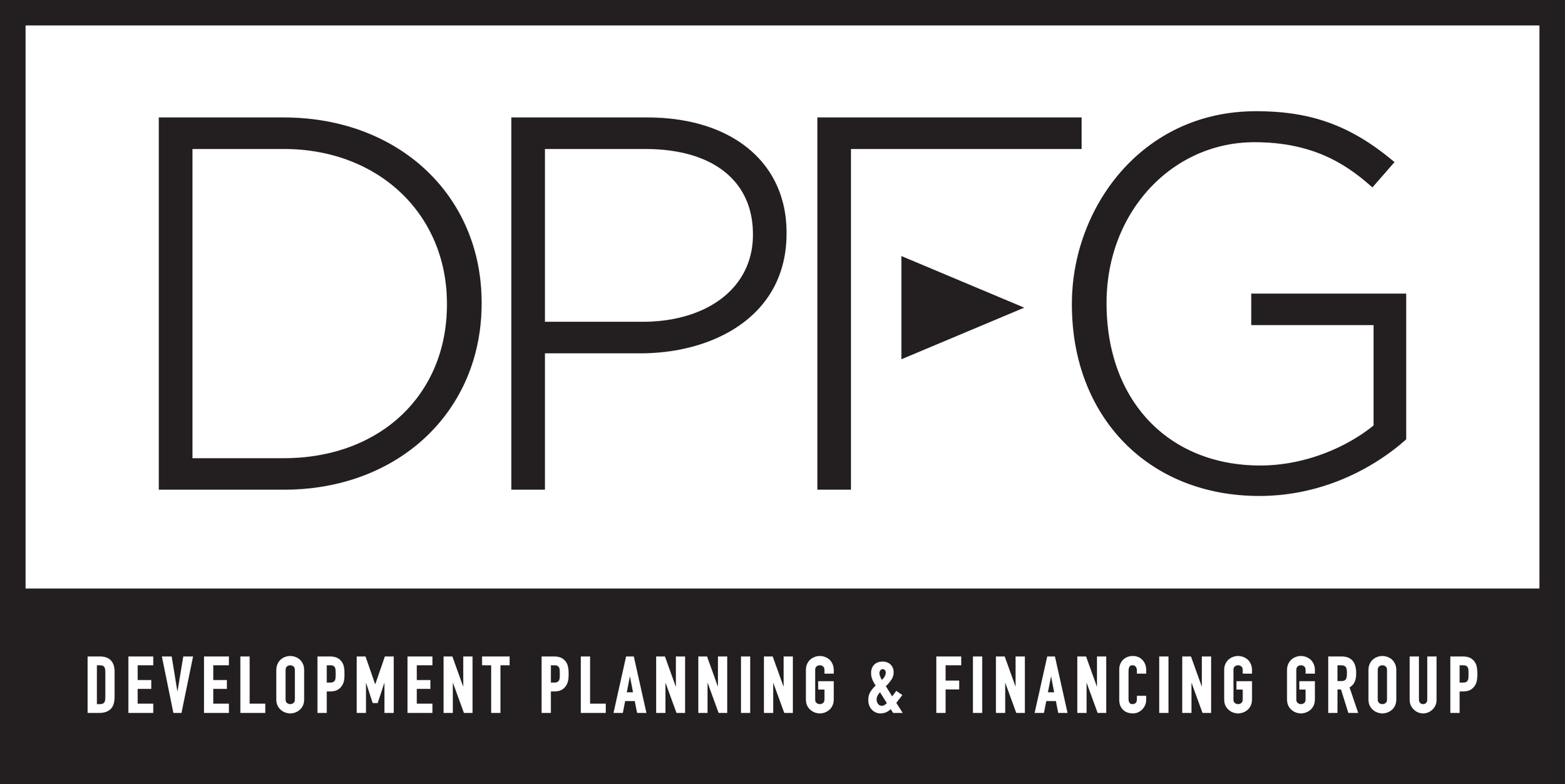By Ali Sahabi of Optimum Group, LLC
President, Building Industry Association (BIA) Baldy View Chapter
On Saint Anne’s Day in 1769, the day celebrating the birth of the Catholic patroness of pregnant women, a party of Spanish explorers headed by Gaspar de Portola set up camp near Chino alongside the river they called El Rio del Dulcissimo de Jesus de los Temblores. Over time, the river took on the name Santa Ana River in commemoration of that celebration as did adjacent cities, canyons and mountain ranges - and the singular local weather event known to all Southern Californians as the Santa Ana winds.
Santa Ana winds, which actually originate in the higher elevations of the Great Basin of Nevada and Utah, can create issues for homeowners over our winter months. However, unlike more severe weather conditions in other parts of the country, just a little preparation can go a long way towards protecting your home during a Santa Ana wind event. So, with winter on the horizon and since September is National Preparedness Month, here are some tips to help you prepare.
Start by inspecting your homeowners insurance policies and find out what kind of losses you are covered for in the event of a natural disaster or extraordinary storm conditions. Check them carefully and remember that, while flooding and earthquake damage is generally not covered by your regular homeowner’s policy, those policies can be purchased separately. Then, make lists or videos of your belongings as documentation for the insurance company and keep that documentation in a safe location away from your house – such as a safe deposit box.
Next, take steps to protect your home from objects that take flight during a major wind event. Inspect your yard and remove all dead and dying limbs from your trees. Then secure lawn furniture, trashcans, flowerpots and other yard ornaments. Take all lawn furniture, grills, potted plants and other lawn accessories you don’t use during the winter months inside your house or garage. If you can’t secure lawn furniture or other outdoor items, bring them inside as well. Tie down the larger items such as sheds, doghouses, playhouses, swing sets and boats.
Especially for older houses, roof work is another essential step in preparing your house to withstand a major wind event. Hire a contractor to check for the structural integrity of the roof system. Once it passes inspection, apply sealing around your home’s chimney or vent pipes.
Clean out clogged gutters and downspouts both before and after a wind event. The debris that collects in them can create problems when high winds are followed by rain. This will prevent rain from spilling over the sides and landing in areas where it can soak through to your home’s foundation and possibly cause flooding and structural damage.
Wind funneling through a house pushes upward. Protect against this by sealing your windows and doors as tightly as possible. You can purchase and install special storm shutters to cover your windows or you make your own set of shutters out of three/quarter inch marine plywood or metal storm panels. Make sure they overlap the windows on all sides by four inches.
High winds can damage double doors, French doors and sliding patio doors that have no structural device between them. You may want to consider installing special hardware to more adequately secure the doors where they meet. Try bolts that fasten the door into the framing at the top and the bottom.
Finally, stock your cupboards and closets with anything you might need while hunkering down during a wind event. Keep a battery-operated radio and several flashlights in case you lose electricity; and plastic sheeting to cover exposed areas. Remember to fill your drawers with brand new packages of live batteries so the flashlights are certain to work. Stash bottled water, canned foods and other non-perishable food items in your cupboards in case you’re stuck in your home for a while and can’t get out. Store blankets in closets in case you lose electricity and/or gas service.
Be sure to visit the U.S. Department of Housing and Urban Development (HUD) www.Ready.gov website, which provides a toolkit with downloadable resources, reports and guides. These resources will help you to prepare, plan for and stay informed about natural and man-made disasters.
The Building Industry Association (BIA) Baldy View Chapter seeks to advance the opportunity to attain the American Dream of homeownership. For more information, visit www.biabuild.com on the web.

































